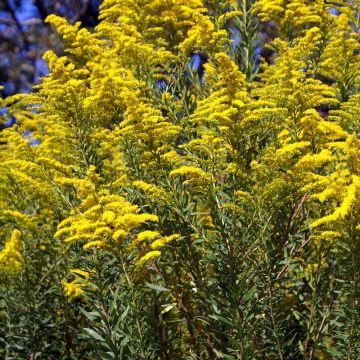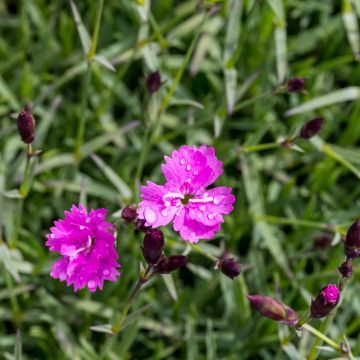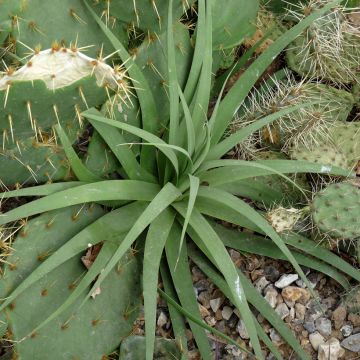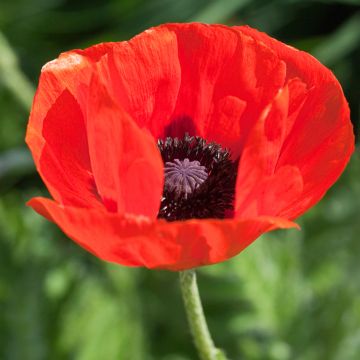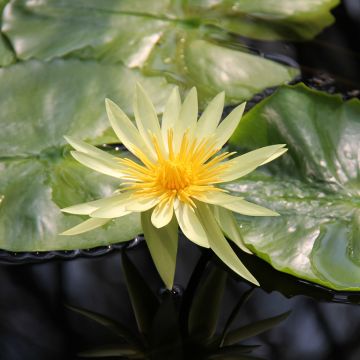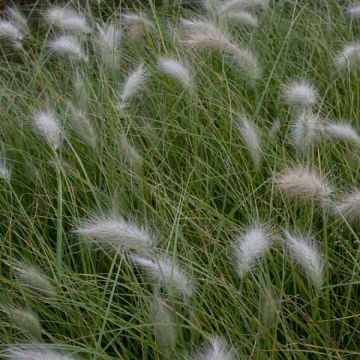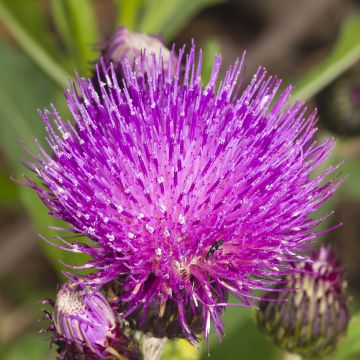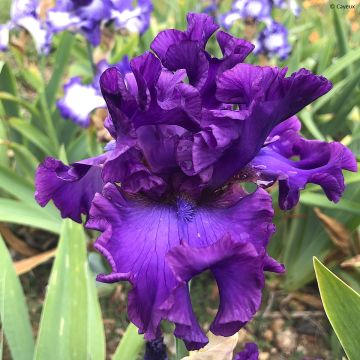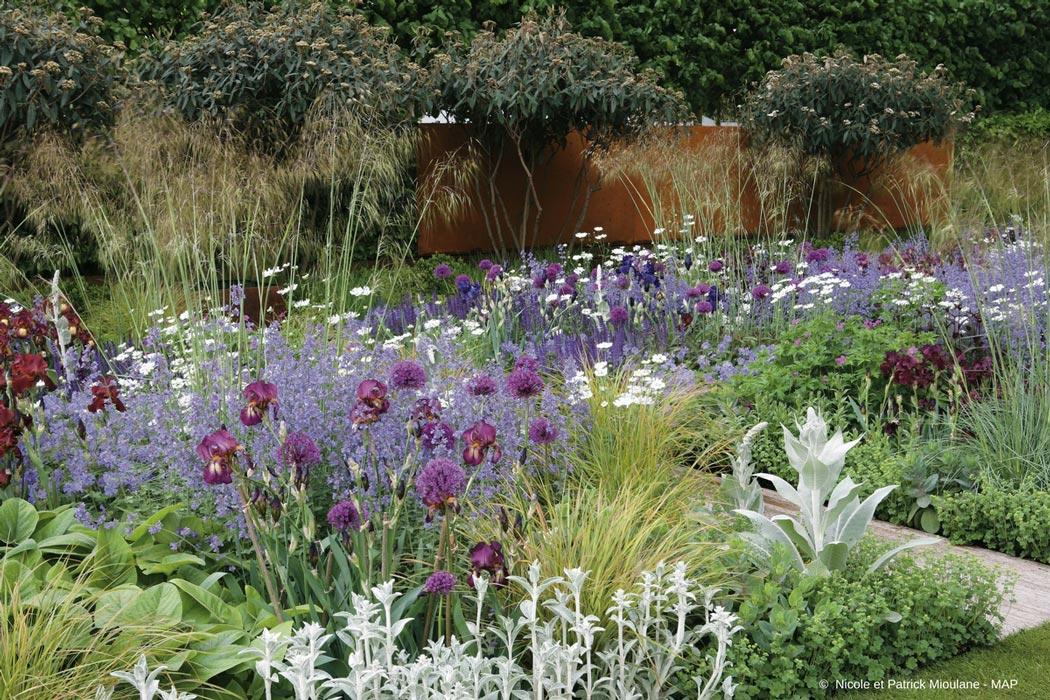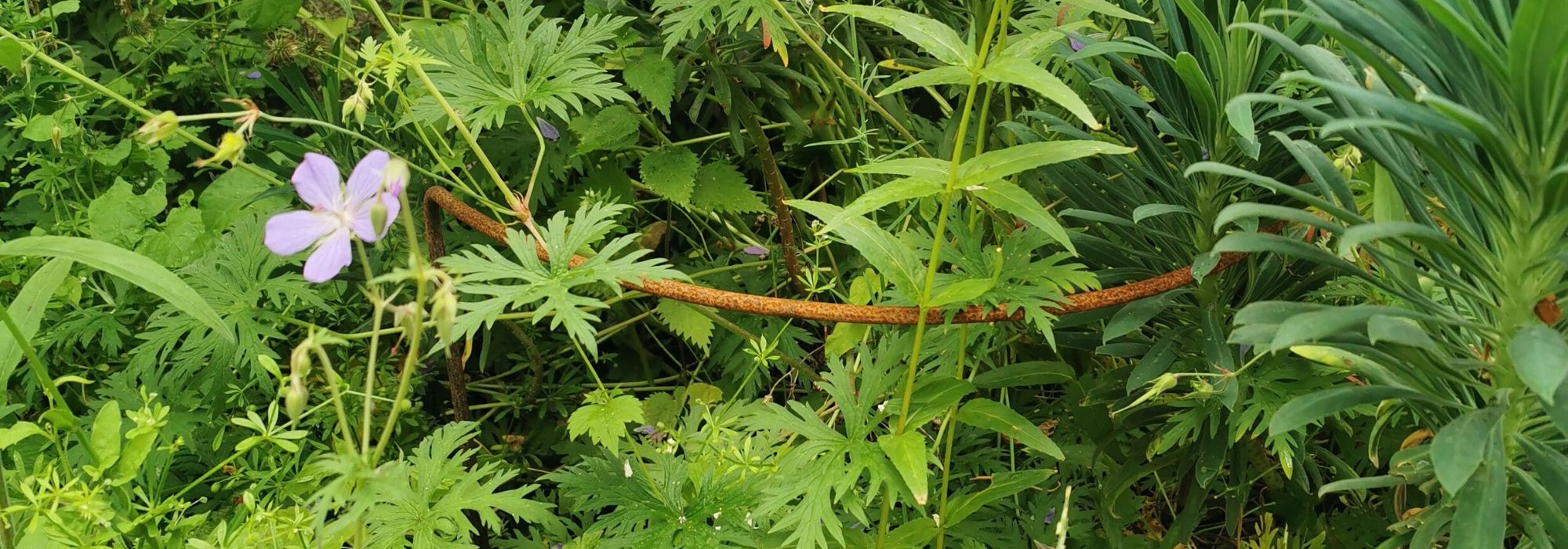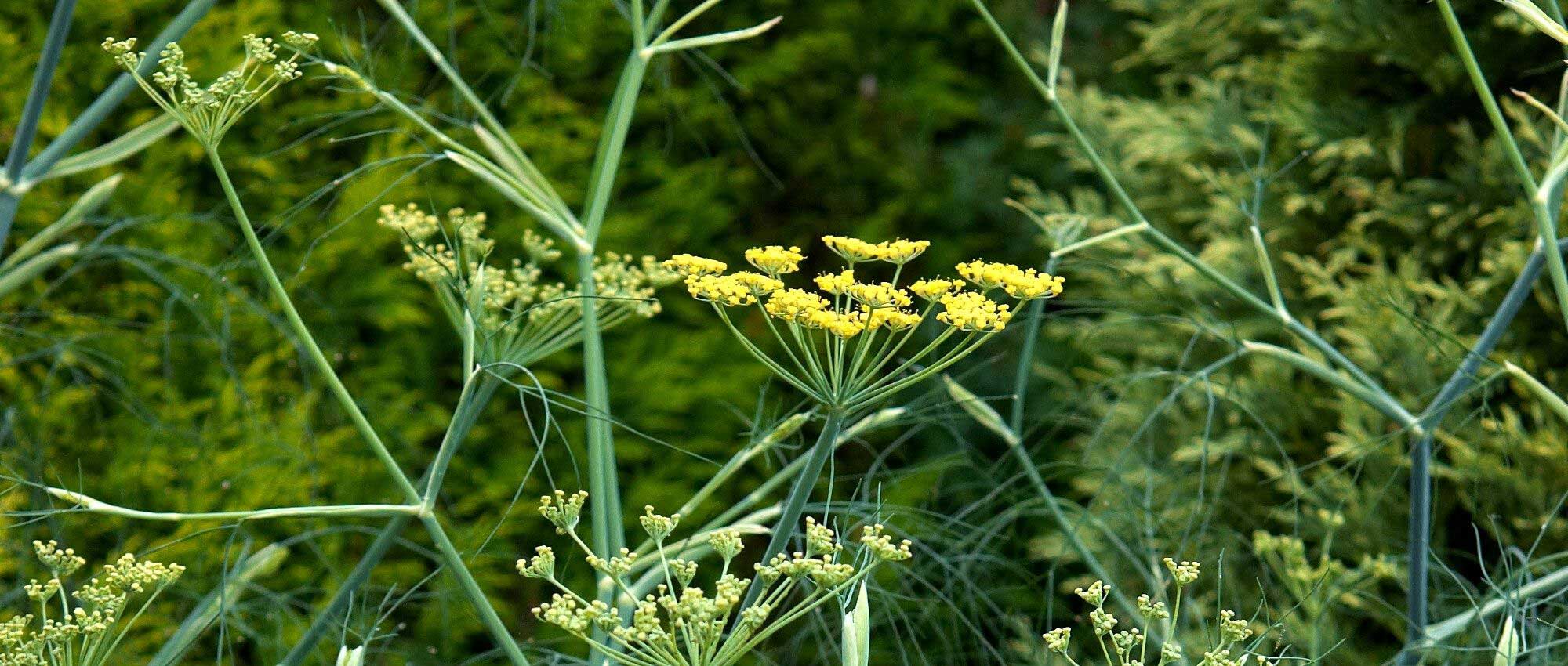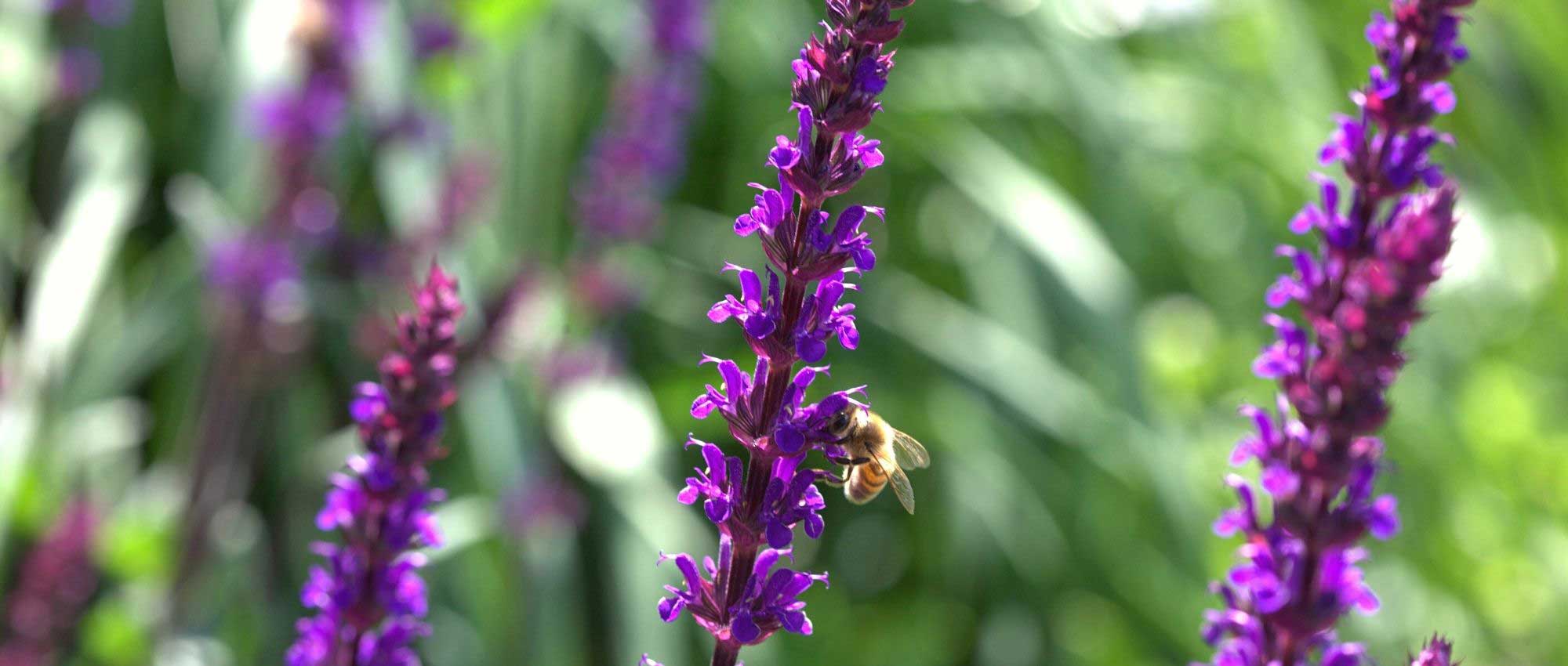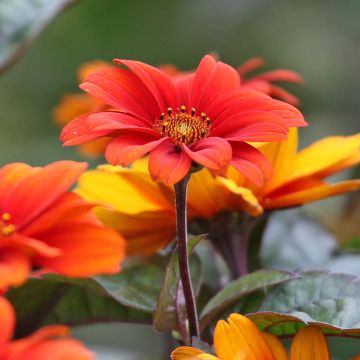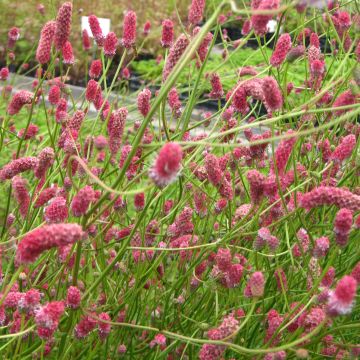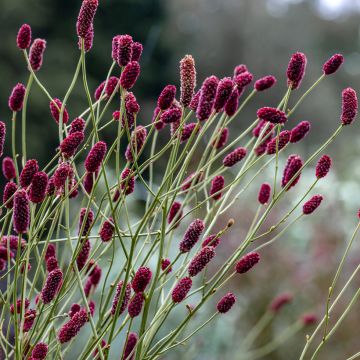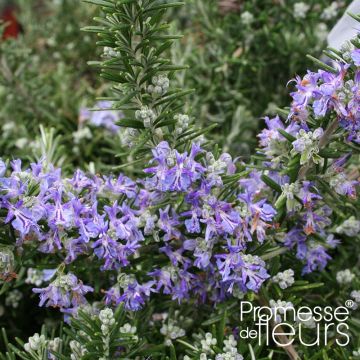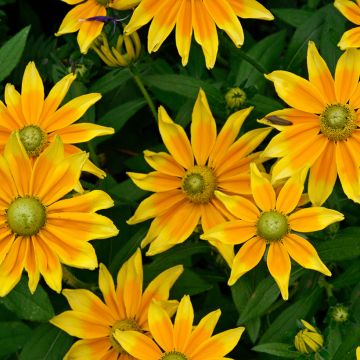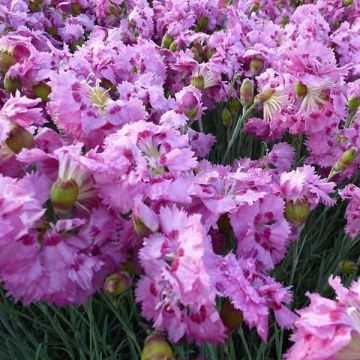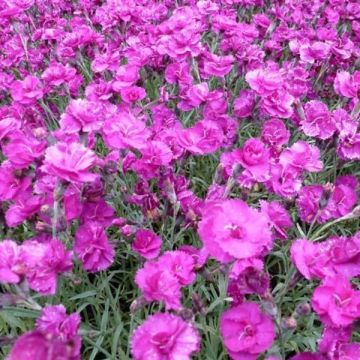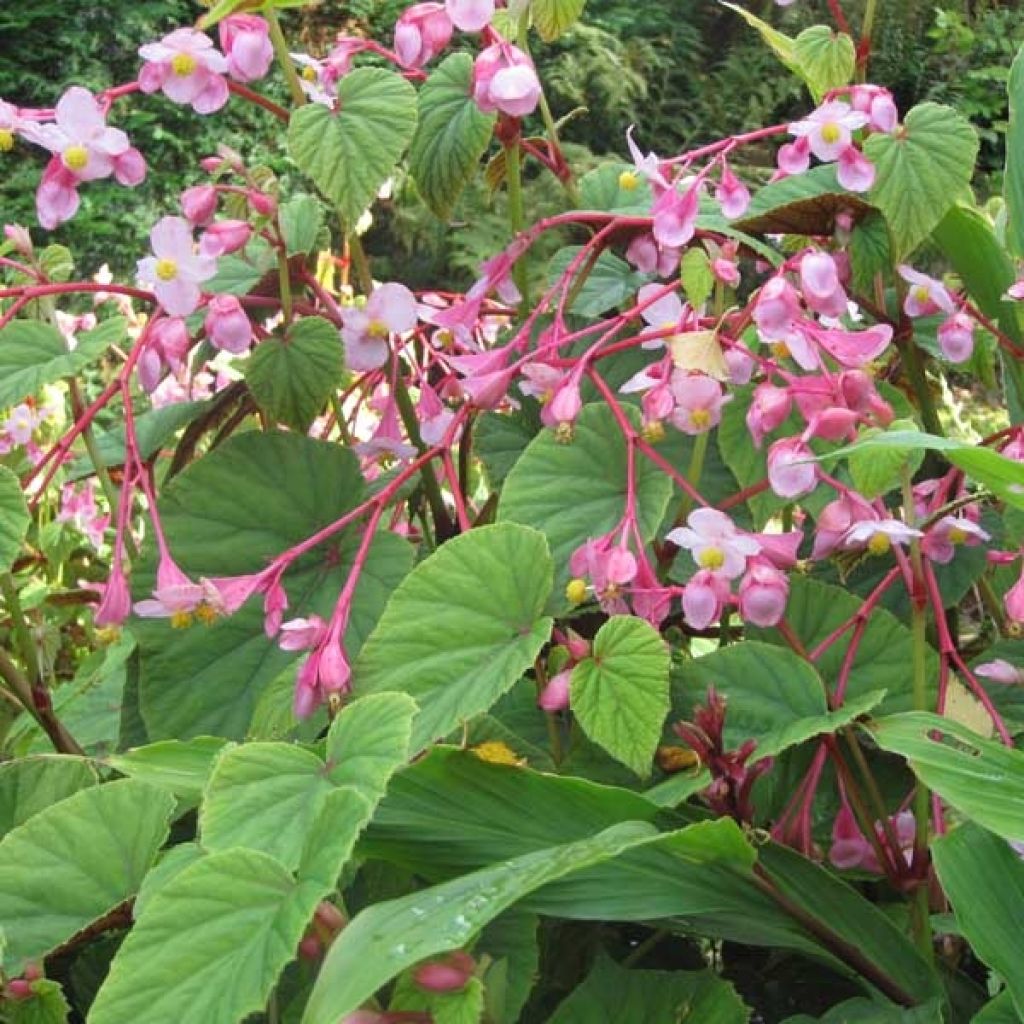

Begonia grandis subsp. evansiana
Begonia grandis subsp. evansiana
Begonia grandis subsp. evansiana
Hardy Begonia
Beautiful Begonia, vigorous, it is still in full flower even as we approach the end of October. Lovely candy pink flowers. I hope it will withstand the cold well so I can see it shoot up again next spring.
Marie G., 18/10/2025
Special offer!
Receive a €20 voucher for any order over €90 (excluding delivery costs, credit notes, and plastic-free options)!
1- Add your favorite plants to your cart.
2- Once you have reached €90, confirm your order (you can even choose the delivery date!).
3- As soon as your order is shipped, you will receive an email containing your voucher code, valid for 3 months (90 days).
Your voucher is unique and can only be used once, for any order with a minimum value of €20, excluding delivery costs.
Can be combined with other current offers, non-divisible and non-refundable.
Home or relay delivery (depending on size and destination)
Schedule delivery date,
and select date in basket
This plant carries a 12 months recovery warranty
More information
We guarantee the quality of our plants for a full growing cycle, and will replace at our expense any plant that fails to recover under normal climatic and planting conditions.

Does this plant fit my garden?
Set up your Plantfit profile →
Description
Begonia grandis subsp. evansiana is the only species of botanical Begonia capable of withstanding strong frosts in open ground. With exuberant vegetation, made up of large leaves of an almost phosphorescent green tinged with purple, this extraordinary plant brings to life lightly shaded areas from July to October, continuously producing a multitude of small flowers in a pretty, fairly bright pearly pink. Mrs. Evans's perennial Begonia is an ornamental plant, undoubtedly graceful, perfect for embellishing all slightly shaded and cool areas of the garden. It is splendid in a flowering pot.
Begonia grandis subsp. evansiana is a perennial plant with a swollen and tuberous base, belonging to the Begoniaceae family. It originates from the humid and cool forests of China. From its base, which expands over the years, fleshy, slightly succulent, jointed stems with a reddish tint emerge quite late in spring, in April-May. Together, they form a bushy clump reaching a height of up to 80cm (32in) and a minimum width of 50cm (20in). The stems bear large, thick, ovate leaves with an elongated heart shape, light green on the upper side but pale red with prominent wine-red veins on the underside. The leaves can reach over 15cm (6in) in length and 10cm (4in) in width. Bulblets or, more precisely, mini tubercles, which will contribute to the dispersal of this Begonia, emerge from the leaf axils.
In mid-summer, around July, the plant begins to produce a rich, bright pink flowering carried by reddish stems, which will only stop with the arrival of the first frosts. The very small flowers borne on slender peduncles are grouped in clusters. They give way to trailing fruits, triangular in shape and pink in colour, almost as decorative as the flowers. In autumn, due to the cold, the vegetation of Begonia grandis decomposes and disappears. The plant enters a dormant state, with only its tuberous base remaining underground throughout winter. The bulblets that form as early as September in the leaf axils fall to the ground and take root in spring. These 'babies' often flower in their first year.
Begonias are frost-sensitive and is cultivated in pots indoors. But not this one! In over 10 years of cultivating Begonia grandis, it has experienced winters at -18°C (1°F) without flinching. It prefers semi-shade, rich, cool, and even moist soils in summer, preferably acidic to neutral. It is interesting to associate this plant, which regrows quite late in spring, with spring bulbs that will occupy the space in late winter, such as snowdrops, narcissus, tulips, and anemones... It can also be paired with plants that prefer cool to moist shade, such as Rodgersias, lungworts, ferns, Impatiens omeiana, and Impatiens qingchanganica, or with Isodon longituba. It will also look beautiful in front of Hydrangeas, among toad lilies (Tricyrtis), and Hellebores.
Report an error about the product description
Begonia grandis subsp. evansiana in pictures
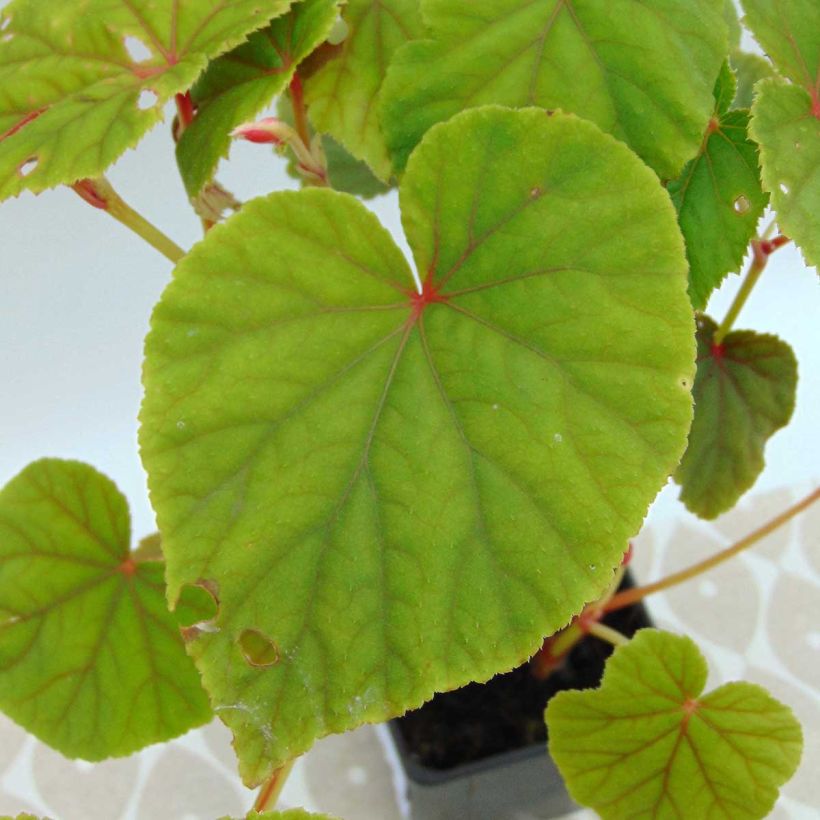

Flowering
Foliage
Plant habit
Botanical data
Begonia
grandis subsp. evansiana
Begoniaceae
Hardy Begonia
Himalayas
Other Perennials A to Z
View all →Planting and care
Begonia grandis appreciates a soil rich in humus, fresh to moist, without limestone, in partial shade. However, waterlogged soils in winter harm its hardiness. In humus-rich soil, Begonia grandis self-seeds, with seeds or small bulblets developing in the axils of the leaves and producing flowering plants the following year. In regions with very cold winters, cover the stumps with a thick layer of dead leaves and straw. The foliage disappears in winter, only the small underground bulbs remain. It reappears late in spring. Feed this greedy plant with compost, give it water if the weather is dry, and protect it from slugs and snails.
Planting period
Intended location
Care
Planting & care advice
-
, onOrder confirmed
Reply from on Promesse de fleurs
Similar products
Haven't found what you were looking for?
Hardiness is the lowest winter temperature a plant can endure without suffering serious damage or even dying. However, hardiness is affected by location (a sheltered area, such as a patio), protection (winter cover) and soil type (hardiness is improved by well-drained soil).

Photo Sharing Terms & Conditions
In order to encourage gardeners to interact and share their experiences, Promesse de fleurs offers various media enabling content to be uploaded onto its Site - in particular via the ‘Photo sharing’ module.
The User agrees to refrain from:
- Posting any content that is illegal, prejudicial, insulting, racist, inciteful to hatred, revisionist, contrary to public decency, that infringes on privacy or on the privacy rights of third parties, in particular the publicity rights of persons and goods, intellectual property rights, or the right to privacy.
- Submitting content on behalf of a third party;
- Impersonate the identity of a third party and/or publish any personal information about a third party;
In general, the User undertakes to refrain from any unethical behaviour.
All Content (in particular text, comments, files, images, photos, videos, creative works, etc.), which may be subject to property or intellectual property rights, image or other private rights, shall remain the property of the User, subject to the limited rights granted by the terms of the licence granted by Promesse de fleurs as stated below. Users are at liberty to publish or not to publish such Content on the Site, notably via the ‘Photo Sharing’ facility, and accept that this Content shall be made public and freely accessible, notably on the Internet.
Users further acknowledge, undertake to have ,and guarantee that they hold all necessary rights and permissions to publish such material on the Site, in particular with regard to the legislation in force pertaining to any privacy, property, intellectual property, image, or contractual rights, or rights of any other nature. By publishing such Content on the Site, Users acknowledge accepting full liability as publishers of the Content within the meaning of the law, and grant Promesse de fleurs, free of charge, an inclusive, worldwide licence for the said Content for the entire duration of its publication, including all reproduction, representation, up/downloading, displaying, performing, transmission, and storage rights.
Users also grant permission for their name to be linked to the Content and accept that this link may not always be made available.
By engaging in posting material, Users consent to their Content becoming automatically accessible on the Internet, in particular on other sites and/or blogs and/or web pages of the Promesse de fleurs site, including in particular social pages and the Promesse de fleurs catalogue.
Users may secure the removal of entrusted content free of charge by issuing a simple request via our contact form.
The flowering period indicated on our website applies to countries and regions located in USDA zone 8 (France, the United Kingdom, Ireland, the Netherlands, etc.)
It will vary according to where you live:
- In zones 9 to 10 (Italy, Spain, Greece, etc.), flowering will occur about 2 to 4 weeks earlier.
- In zones 6 to 7 (Germany, Poland, Slovenia, and lower mountainous regions), flowering will be delayed by 2 to 3 weeks.
- In zone 5 (Central Europe, Scandinavia), blooming will be delayed by 3 to 5 weeks.
In temperate climates, pruning of spring-flowering shrubs (forsythia, spireas, etc.) should be done just after flowering.
Pruning of summer-flowering shrubs (Indian Lilac, Perovskia, etc.) can be done in winter or spring.
In cold regions as well as with frost-sensitive plants, avoid pruning too early when severe frosts may still occur.
The planting period indicated on our website applies to countries and regions located in USDA zone 8 (France, United Kingdom, Ireland, Netherlands).
It will vary according to where you live:
- In Mediterranean zones (Marseille, Madrid, Milan, etc.), autumn and winter are the best planting periods.
- In continental zones (Strasbourg, Munich, Vienna, etc.), delay planting by 2 to 3 weeks in spring and bring it forward by 2 to 4 weeks in autumn.
- In mountainous regions (the Alps, Pyrenees, Carpathians, etc.), it is best to plant in late spring (May-June) or late summer (August-September).
The harvesting period indicated on our website applies to countries and regions in USDA zone 8 (France, England, Ireland, the Netherlands).
In colder areas (Scandinavia, Poland, Austria...) fruit and vegetable harvests are likely to be delayed by 3-4 weeks.
In warmer areas (Italy, Spain, Greece, etc.), harvesting will probably take place earlier, depending on weather conditions.
The sowing periods indicated on our website apply to countries and regions within USDA Zone 8 (France, UK, Ireland, Netherlands).
In colder areas (Scandinavia, Poland, Austria...), delay any outdoor sowing by 3-4 weeks, or sow under glass.
In warmer climes (Italy, Spain, Greece, etc.), bring outdoor sowing forward by a few weeks.
































